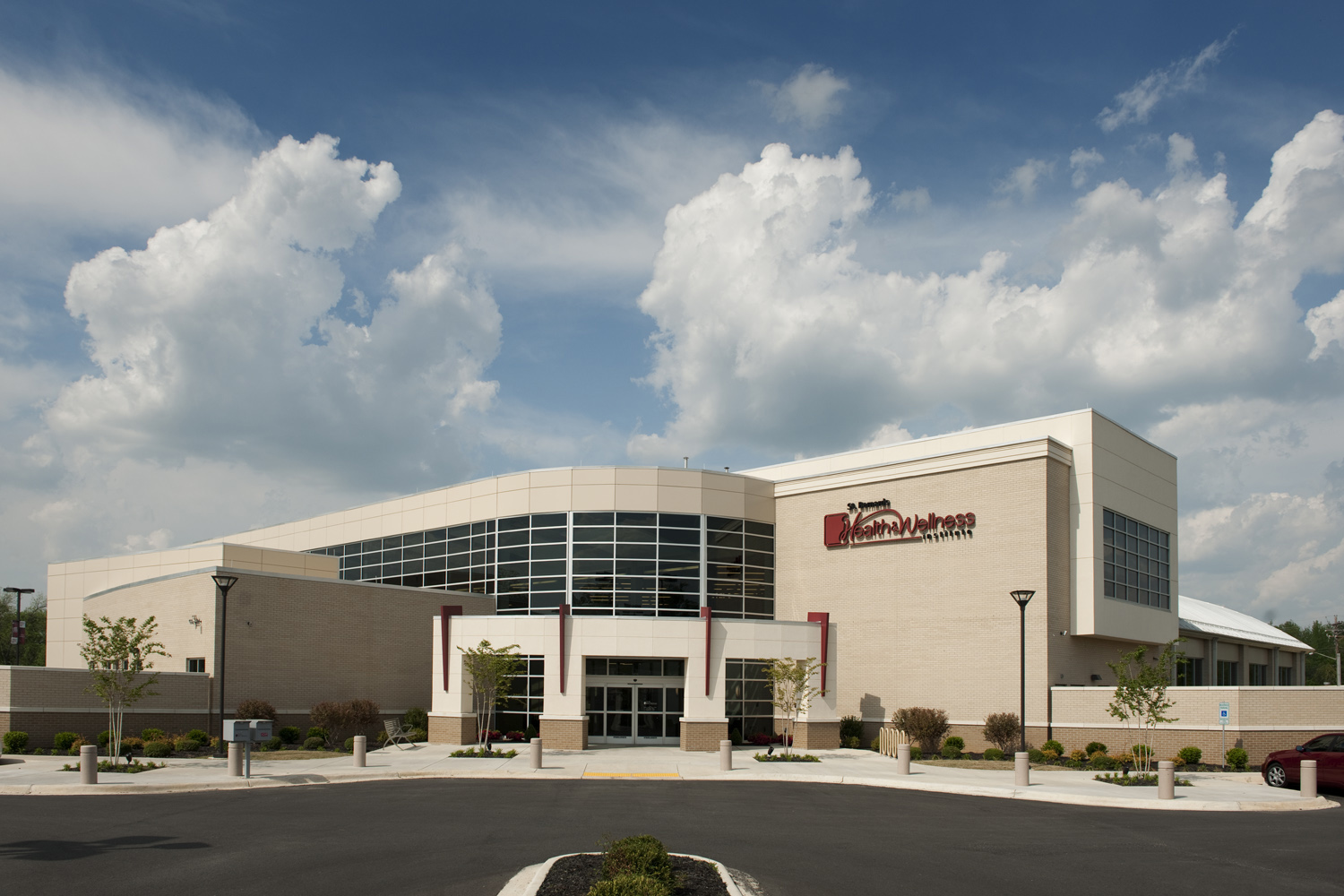‘Obamacare,’ Aging Americans & Growing Demand for Outpatient Facilities
At least one type of industry is sure to benefit from newly re-elected President Obama’s healthcare legislation, the Patient Protection and Affordable Care Act ...
By Anna Spiewak, News Editor
At least one type of industry is sure to benefit from newly re-elected President Obama’s healthcare legislation, the Patient Protection and Affordable Care Act: medical offices and other healthcare property.
A growth in demand for medical outpatient centers was already anticipated as the giant Baby Boomer generation ages; the extension of health insurance to 30 million uninsured Americans under Obamacare is likely to require a further increase in space as well as a faster pace of patient care that will set the healthcare real estate market on fire, according to some experts.
“The goal of ‘Obamacare’ is to lower the price of healthcare, so the efficiency of medical office space is going to have to increase to provide the same amount of care with less cost,” said Garth Hogan, executive managing director of global healthcare services for Newmark Grubb Knight Frank. “You’re going to see a need for large amounts of square footage leased by large groups and hospitals; they’re going to see more patients than they’ve ever seen before and see them quicker.” That will require different floor plans and office models than have been typical to date, he added. “The small, individual physician suites are going to be a thing of the past.”
NGKF’s healthcare services group has already seen an increase in transaction volume for healthcare buildings. This year, it sold $500 million, with a good portion of its clients hospitals that want to either own their buildings or lease new ones. With medical offices less costly to build and operate than in-patient facilities, they are attracting increased attention from both large medical groups and hospitals, which are locating increasingly more services in these outpatient facilities. It costs more than $1,000 per square foot to build a hospital, compared to $200 per square foot for a medical office building. And operating a medical office facility for only 12 hours a day is less costly than maintaining a hospital 24/7.
“Hospitals with the new healthcare legislation are looking for ways to be more cost effective, provide more convenient services and be closer to where people work and live, so a combination of all of that increased the demand for (medical office) space,” said Donna Jarmusz, senior vice president of business development and strategic initiatives at Alter+Care, which develops and manages more than a dozen medical buildings nationwide. “We see this as a trend, as hospitals are contacting us or we’re speaking with hospitals about future plans.”
Unlike Hogan, Jarmusz sees little effect from Obamacare on healthcare real estate. “They’re predicting that 30 million Americans who didn’t have health insurance will now have it, and statisticians are assuming that this will create more people requiring healthcare services, but I am of the opinion that those people are already getting healthcare services through emergency departments or going through other avenues to get them.”
Nevertheless, Jarmusz does anticipate greater demand for medical space due to the increase in outpatient services. They are forecast to grow by 30 percent during the next decade, while in-patient hospital visits will decline by 2 percent, Patricia Jones, general manager of Lillibridge Healthcare Services Inc., said during this fall’s Institute of Real Estate Management conference.








You must be logged in to post a comment.